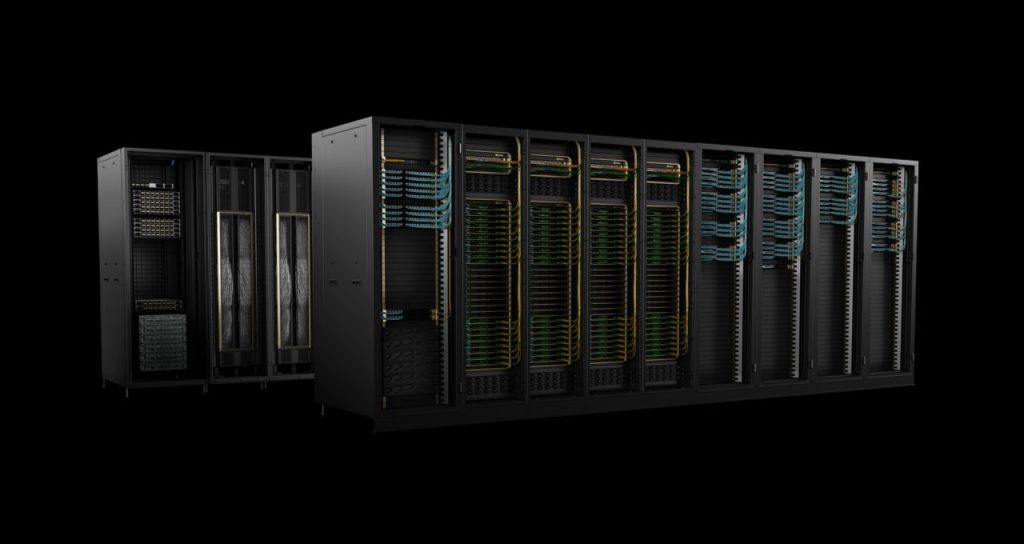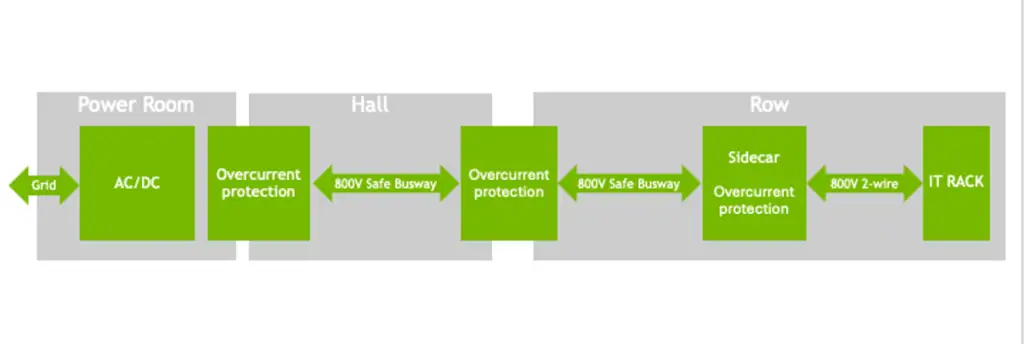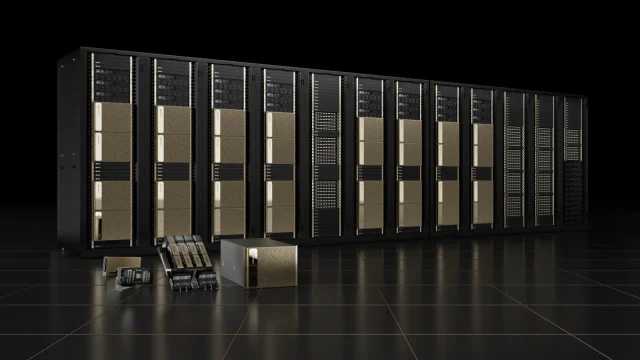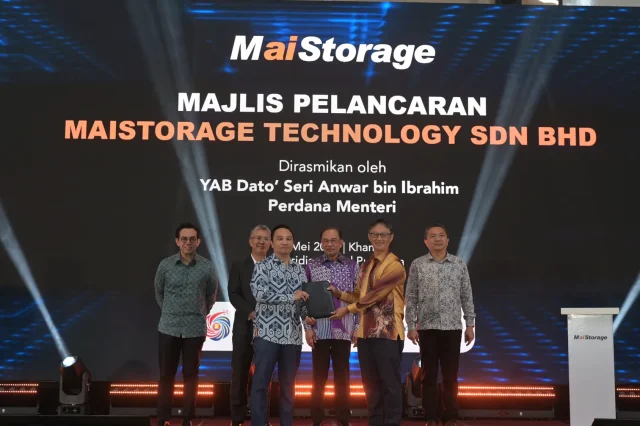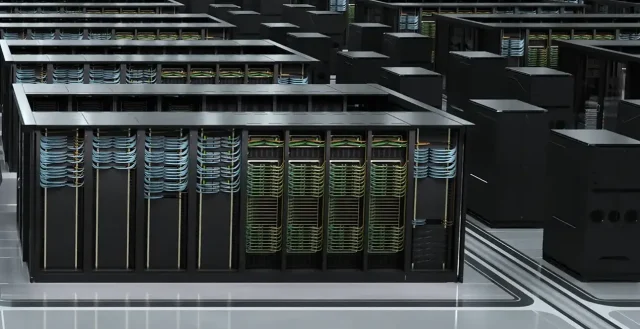Vertiv and NVIDIA have jointly announced that they will be paving the way for a new generation of AI factories through the former’s next 800V high-voltage direct current (HVDC) architectures.
This collaboration comes as traditional 54V power distribution systems hit physical and efficiency limits in the face of megawatt-scale IT racks. NVIDIA, preparing for the rollout of its Kyber and Rubin Ultra platforms in 2027, is leading a sweeping industry transition to 800V HVDC, supported by a broad ecosystem of partners including Vertiv, Eaton, and Schneider Electric.
As AI compute density is accelerating at an unprecedented pace, with rack power demands surpassing 300 kW and heading toward 1 MW and beyond, existing 54V DC systems that rely on thick copper busbars and rack-mounted power shelves, are ill-equipped to scale with up to 200kg per rack of copper making it inefficient due to repeated energy-wasting AC/DC conversions alongside space limitations.
At GTC 2025, NVIDIA showcased a new approach with its 800 V “sidecar” power delivery model, capable of powering 576 Rubin Ultra GPUs within a single Kyber rack. This future-forward solution eliminates the need for multiple rack-level AC/DC conversions and frees up valuable rack space for compute hardware by centralizing power conversion.
On Vertiv’s side, its upcoming 800 VDC power portfolio, slated for 2H 2026, is designed to support homogeneous AI zones in hyperscale environments with centralized rectifiers, high-efficiency DC busways, rack-level DC-DC converters, and DC-compatible backup systems. With expertise of more than 2 decades in deploying ±400 VDC systems across telecom, industrial, and mission-critical data centers, they are ready to address the challenge to engineer something to dual-drive power and cooling components to operate as one cohesive, modular, and scalable entity.
At the current state, it is expected that the 800 V HVDC architecture reimagines the entire power chain via the following:
- Grid to power room: Instead of multiple conversion stages, 13.8 kV AC from the grid is directly rectified to 800 V DC at the facility perimeter. This reduces energy losses and eliminates redundant power supply units and cooling fans.
- Power distribution: The 800 V HVDC is transmitted through high-efficiency busways from power rooms to equipment rows and then directly into the IT racks. This configuration reduces copper usage by up to 45% and transmission losses by minimizing current.
- Rack-level implementation: With racks accepting direct 800 V feeds, only a single DC/DC stage is needed to power GPUs. This simplifies design, lowers thermal load, and increases available space for compute resources.
According to NVIDIA, this redesign improves end-to-end power efficiency by up to 5%, reduces maintenance costs by as much as 70%, and cuts overall cooling expenses by removing rack-level AC/DC PSUs.
However, transitioning to 800 V HVDC at scale poses challenges in safety, standardization, and workforce readiness, yet Team Green and its ecosystem partners are actively studying deployment models, including both traditional and solid-state transformer (SST) approaches, to address capital expenditure, operational complexity, and regulatory concerns.
On the other hand, Vertiv’s long history with higher-voltage DC deployments and its comprehensive service portfolio make it a vital contributor to this effort, ensuring that safety and long-term maintainability are baked into the transition from the outset.

